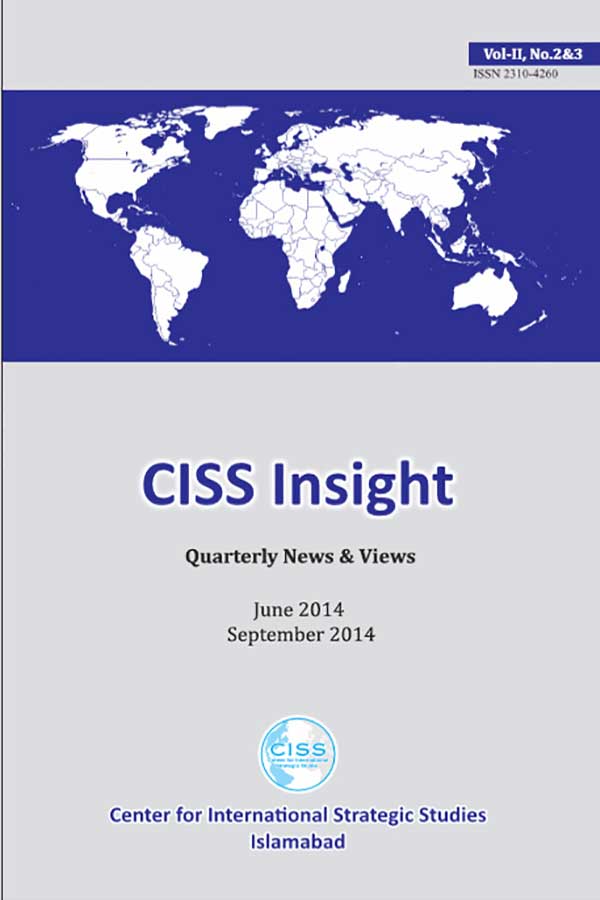Abstract
The withdrawal of NATO troops from Afghanistan in 2014 is likely to impact the security of regional states in complex ways. Most analysts agree that during the last twelve years the presence of western military forces has acted as a counterweight to the threat posed by militant and terrorist organizations to the security of South Central Asian states. Both regional states and international stakeholders still routinely identify these organizations as a primary threat to regional stability. In the context of Pakistan, the issue of trans-border militant organizations assumes greater complexity. Terrorist attacks within Pakistan have not only impacted the domestic security environment, but they have also severely affected economic growth. Along with a spectrum of domestic militant groups engaged in fighting the Pakistani state are an unknown number of foreign militant groups which have recently launched high profile attacks in Pakistan.
In the aftermath of the devastating terrorist attack on Karachi airport on June 8 2014, videos soon emerged on Jihadi websites showing 10 members of Islamic Movement of Uzbekistan (IMU), clad in identical green shalwar kameez and white trainers, preparing for the operation. The attack not only refocused attention on the activities of the Central Asian group in Pakistan but also become a spark to kick start the long delayed military operation in North Waziristan. Unconfirmed reports suggest out of 400 militants, killed so far during Operation Zarb-e-Azb, a 100 were central Asian militants associated with IMU.

